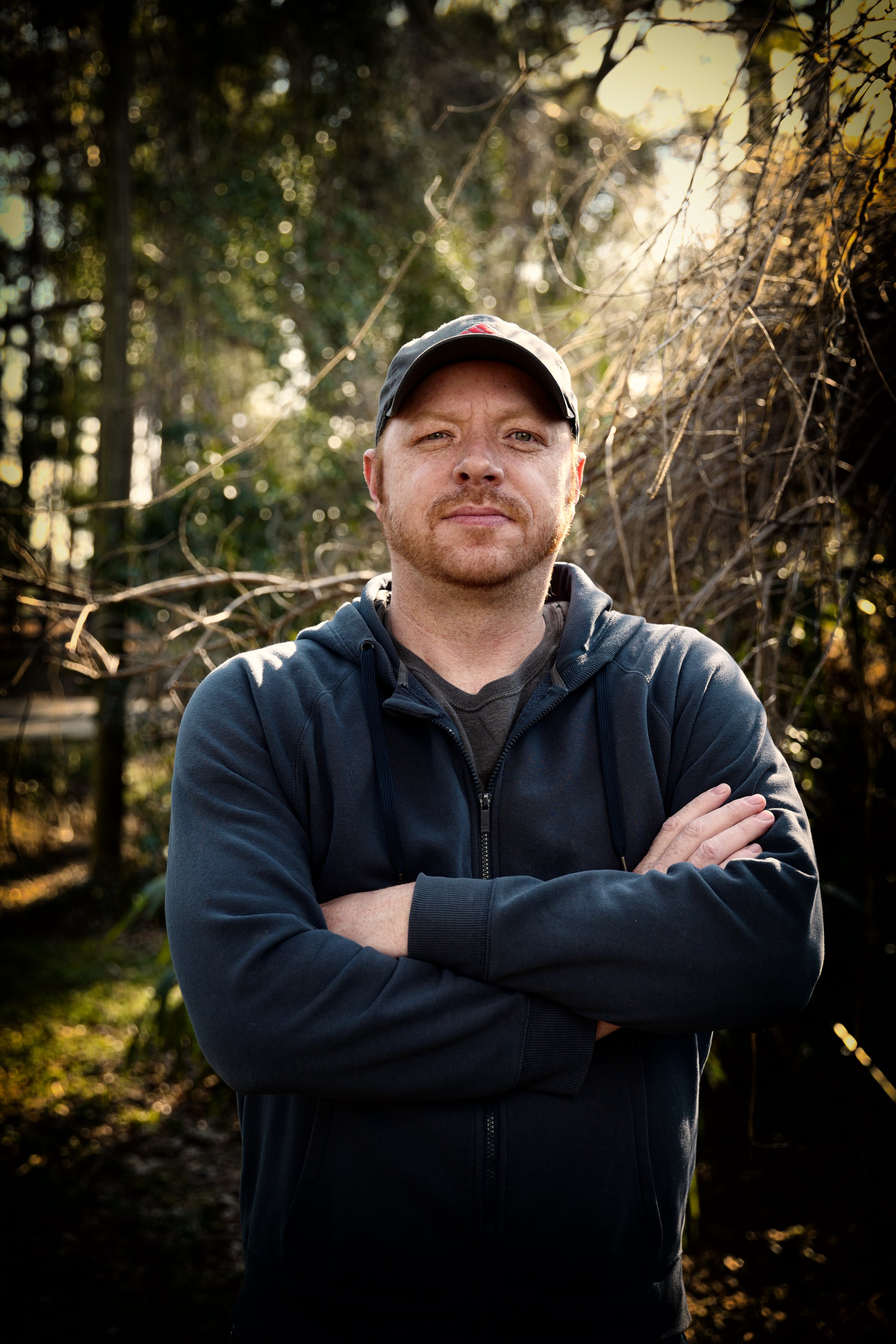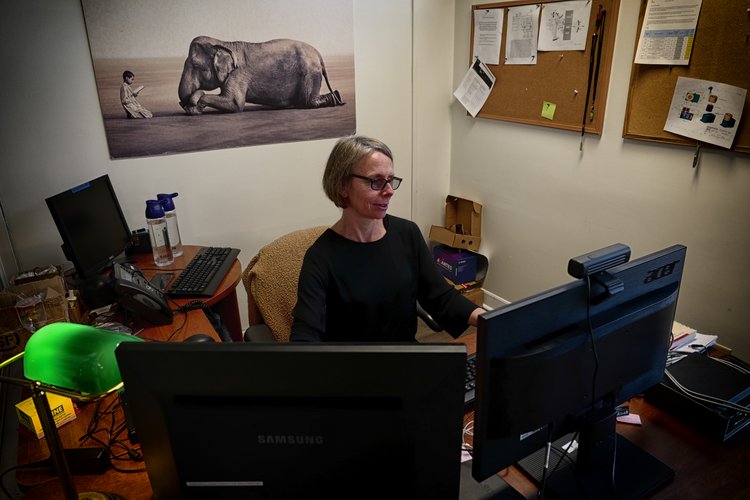The Of Uv/vis
More About Circular Dichroism
Table of ContentsUv/vis Fundamentals ExplainedThe Buzz on Circularly Polarized LuminescenceThe Best Guide To SpectrophotometersGetting The Spectrophotometers To WorkCircularly Polarized Luminescence for Dummies

Spectrophotometry is a tool that hinges on the quantitative analysis of particles depending on how much light is taken in by colored compounds.
An Unbiased View of Circular Dichroism
A spectrophotometer is frequently utilized for the measurement of transmittance or reflectance of services, transparent or opaque solids, such as polished glass, or gases. Although numerous biochemicals are colored, as in, they soak up noticeable light and for that reason can be determined by colorimetric procedures, even colorless biochemicals can often be converted to colored substances ideal for chromogenic color-forming reactions to yield compounds ideal for colorimetric analysis.: 65 However, they can also be created to measure the diffusivity on any of the noted light varieties that normally cover around 2002500 nm using various controls and calibrations.
An example of an experiment in which spectrophotometry is used is the decision of the balance constant of a solution. A specific chain reaction within a solution may happen in a forward and reverse instructions, where reactants form products and products break down into reactants. At some point, this chain reaction will reach a point of balance called a stability point.
Uv/vis - An Overview
The quantity of light that travels through the solution is a sign of the concentration of certain chemicals that do not enable light to go through. The absorption of light is because of the interaction of light with the electronic and vibrational modes of molecules. Each kind of molecule has an individual set of energy levels connected with the makeup of its chemical bonds and nuclei and therefore will take in light of particular wavelengths, or energies, resulting in unique spectral homes.
They are extensively used in many markets including semiconductors, laser and optical manufacturing, printing and forensic examination, as well as in labs for the study of chemical substances. Spectrophotometry is often utilized in measurements of enzyme activities, determinations of protein concentrations, determinations of enzymatic kinetic constants, and measurements of ligand binding reactions.: 65 Ultimately, a spectrophotometer is able to figure out, depending on the control or calibration, what compounds are present in a target and exactly how much through calculations of observed wavelengths.
This would come as an option to the previously produced spectrophotometers which were unable to absorb the ultraviolet correctly.
Getting The Uv/vis To Work
It would be found that this did not provide satisfactory outcomes, therefore in Model B, there was a shift from a glass to a quartz prism which allowed for better absorbance outcomes - circular dichroism (http://www.video-bookmark.com/bookmark/6114703/olis-clarity/). From there, Model C was born with an adjustment to the wavelength resolution which wound up having 3 units of it produced
It irradiates the sample with polychromatic light which link the sample takes in depending on its residential or commercial properties. Then it is transmitted back by grating the photodiode variety which discovers the wavelength region of the spectrum. Ever since, the production and execution of spectrophotometry gadgets has actually increased tremendously and has actually turned into one of the most ingenious instruments of our time.

Examine This Report on Circularly Polarized Luminescence
Historically, spectrophotometers use a monochromator consisting of a diffraction grating to produce the analytical spectrum. The grating can either be movable or fixed. If a single detector, such as a photomultiplier tube or photodiode is utilized, the grating can be scanned step-by-step (scanning spectrophotometer) so that the detector can measure the light intensity at each wavelength (which will correspond to each "action").
In such systems, the grating is repaired and the strength of each wavelength of light is determined by a various detector in the selection. When making transmission measurements, the spectrophotometer quantitatively compares the portion of light that passes through a reference option and a test solution, then digitally compares the intensities of the 2 signals and calculates the percentage of transmission of the sample compared to the recommendation standard.
